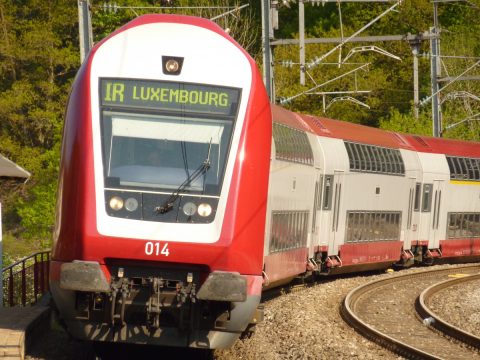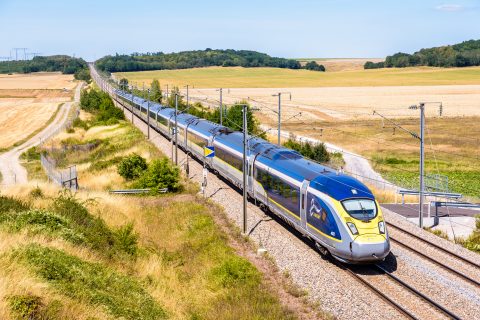SBB turns a profit for the first time since start of COVID-19 pandemic

In the first half of 2023, SBB saw a daily ridership of 1.33 million passengers, marking a return to profitability with 99 million CHF (approximately 103 million euros) in earnings for the first time since 2019, when the COVID-19 pandemic began. Despite this, the company still grapples with other challenges, including debt, and some regional punctuality issues.
Want to read more?
You have read all of your free premium articles for this month. Please become a subscriber to keep reading.
Subscribe now!
Take advantage of our exclusive offer to get full access to all premium content.




